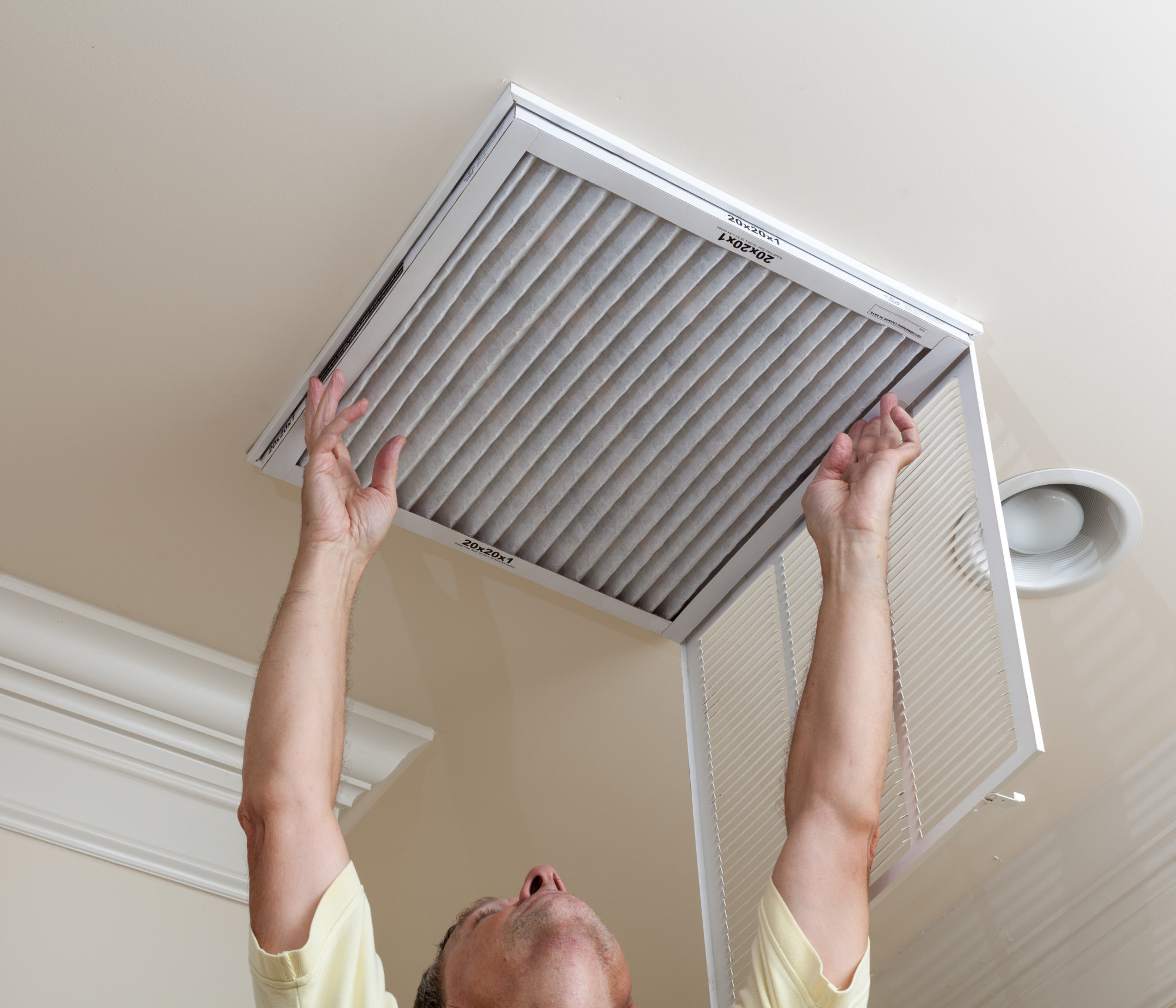The only thing dirty sock syndrome has to do with socks is the smell sweaty socks get after being left in a gym bag for a long, long time. Yuck!
Dirty sock syndrome is something that affects air conditioners, usually window units, and heat pumps.
If you’ve ever had it in your home, you know what we’re referring to here. When you turn the AC on, you get the nastiest smell—like filthy socks!
In this article, we’ll explain what really causes dirty sock syndrome and what you can do about it. Again, yuck!
What Causes Dirty Sock Syndrome?
Dirty sock syndrome (DSS) is a mildew smell from an AC or heat pump. It’s especially problematic in warmer climates but can happen anywhere if it’s been warm for a while.
This musty smell comes from a combination of water, mold, dust, mildew, and bacteria that has collected inside your unit, grown and spread. In other words, this material consists of living organisms and their waste.
We’ll say it again. Yuck!
The smelly substance isn’t harmful to most people. However, those with allergies, asthma, or compromised immune systems should stay away from it and see a doctor if necessary.
Since dirty sock syndrome eventually will damage your AC unit, though, you should call a professional HVAC technician as soon as possible
Where Dirty Sock Syndrome Occurs
DSS tends to build up in moist places where temperatures tend to shift from cool to neutral to warm—though never reach extremes at either end. It’s a bit quirky when it comes to “selecting” its habitat, though.
DSS In an AC Window Unit
The messy mix that causes DSS lives inside the evaporator coils and fins of your window unit AC. When the cool air blows through your home, it takes the smell along with it.
DSS In a Heat Pump
Heat pumps, which are popular in the U.S. South, generate both warm and cold air, making them an ideal breeding ground for DSS. It isn’t certain, though, why DSS tends to target some homes and not others.
In the case of both AC units and heating pumps, if this odor has been building over time, you might not notice it right away. You’re more likely to be aware of the “dirty sock” smell when you’ve been outside the house breathing clean air for a few hours.
Preventing and Treating Dirty Sock Syndrome
The number one recommendation for preventing DSS is to clean the components of your HVAC system regularly. Cleaning includes vacuuming the AC coils as well as having the ducts cleaned.
If DSS materializes anyway, you might try applying high heat to the bacteria-dust-mildew soup in your unit. Several proprietary chemical mixtures are recommended (easily found through an online search).
Don’t hesitate to call 24-hour heating repair or your local HVAV business, though. The professionals are quite used to dealing with DSS!
No DSS Cure Yet
If you’re tired of saying, “the air conditioner stinks when I turn it on,” you should know how to deal with this problem now.
If you happen to smell dirty socks again soon after the incident has been treated, perhaps you need to take a look inside your gym bag for the culprit.
Be aware, though, that over time, the bacteria that cause dirty sock syndrome can return, along with that unpleasant smell. Try to keep it in check the best you can and treat it when the familiar scent is noticeable again.
Please let us know if you find the definitive treatment for dirty sock syndrome!

